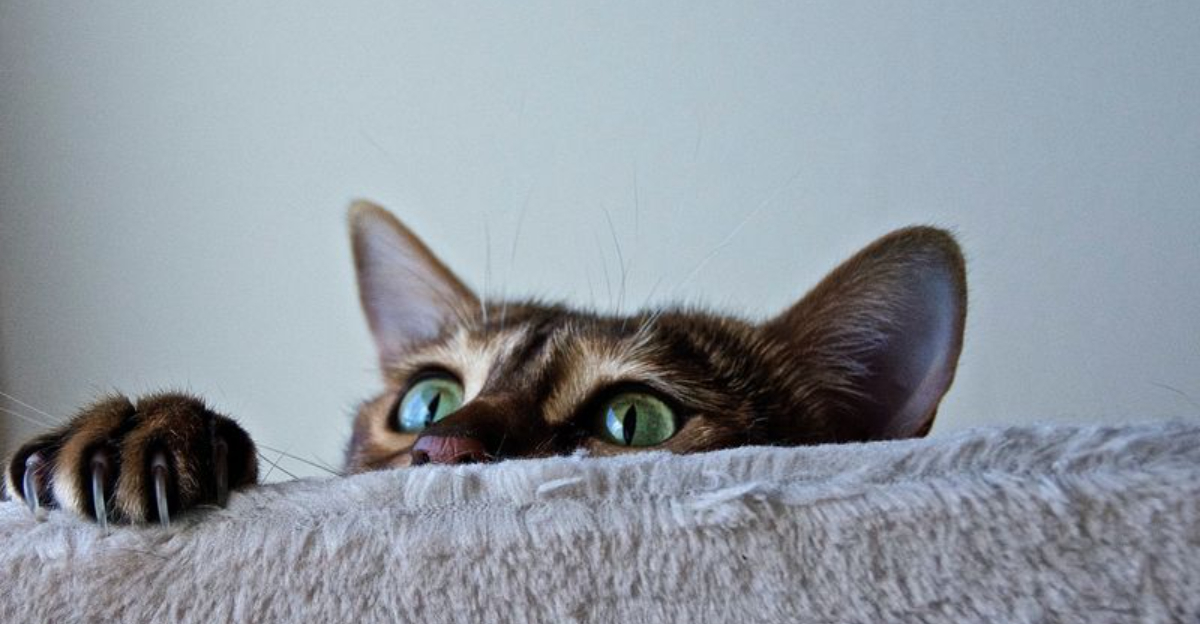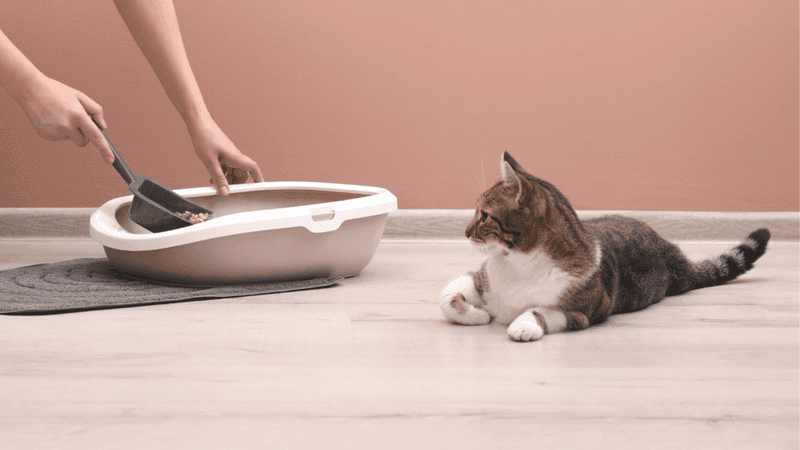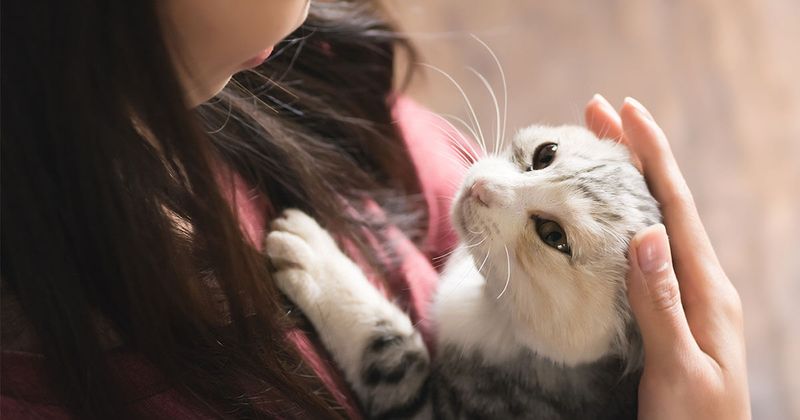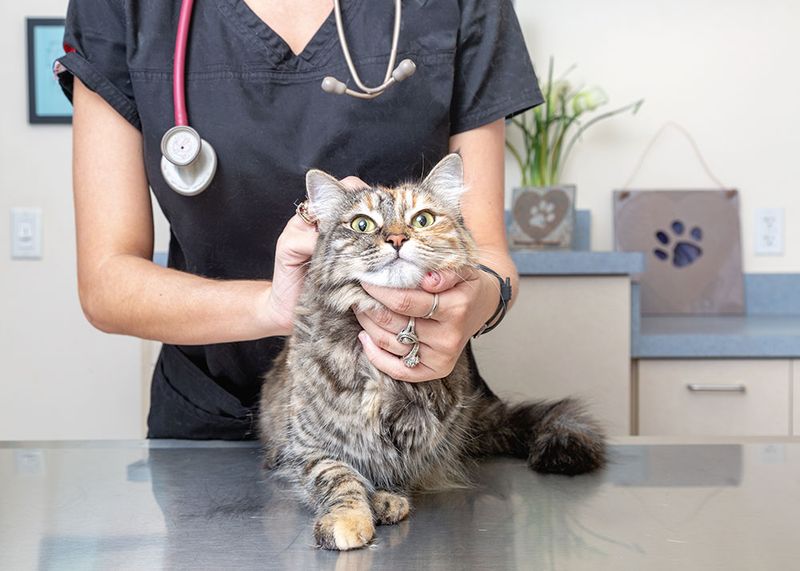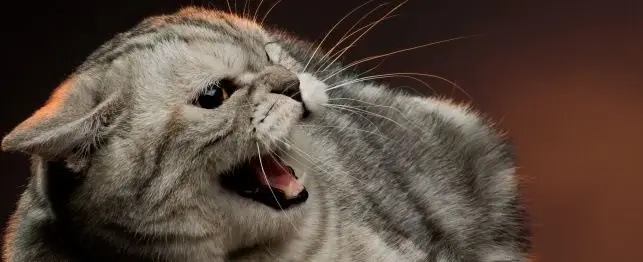📖 Table of Content:
Behind every playful pounce or headbutt is a tiny creature with a mind of its own—and that often means facing challenges that can catch even experienced pet parents off guard. But here’s the good news: each hurdle is actually a chance to grow into the cat owner your feline truly deserves.
The path to becoming a confident, intuitive, and compassionate cat owner isn’t always smooth. There will be moments when you’re stumped, frustrated, or even heartbroken—but those are the very experiences that shape you. The key is learning from them rather than avoiding them, and embracing the fact that growth often comes wrapped in cat fur and a bit of chaos.
This article explores nine common challenges that cat owners encounter—and why they’re exactly what you need to become a better cat parent. Whether you’re new to the feline world or a seasoned cat lover, these experiences will stretch your patience, sharpen your instincts, and deepen your bond with your whiskered companion.
1. Litter Box Issues
Nothing derails a calm morning like stepping in a “surprise” outside the litter box. While it’s tempting to blame your cat, accidents are usually signals of stress, medical issues, or dislike for the current setup. Investigating the root cause—whether it’s an unclean box, the type of litter, or a health concern—builds both your observation skills and empathy. Switching up litter box locations, trying different litters, or consulting a vet may become part of your new normal. Slowly, you begin to see their messes as communication instead of rebellion. Over time, this shift in mindset helps you become more proactive, not just reactive. By addressing the issue, you earn their trust—and learn how to listen without words.
2. Sudden Behavioral Changes
It starts subtly—your usually affectionate cat begins to hide or lash out, and you’re left wondering what went wrong. These moments demand your attention, teaching you to become more attuned to their moods, needs, and possible underlying pain or discomfort. Behavioral shifts often signal stressors like environmental changes, illness, or boredom. Rather than punishing the behavior, the better path is to explore the why behind it. Doing so forces you to develop emotional intelligence and investigative patience. You may not always find the answer immediately, but the search deepens your connection. In time, these puzzling moments forge stronger communication and trust between you and your cat.
3. Feeding Troubles
A mealtime standoff with your cat can be surprisingly intense. One day they adore a certain brand, and the next, they turn their nose up like a food critic. These battles push you to learn more about feline nutrition, allergies, and the nuances of texture and flavor preference. Trial and error become your closest allies. You might even find yourself researching taurine levels or debating dry vs. wet food in online forums at midnight. As frustrating as it can be, it teaches flexibility and diligence. You become a more mindful provider, focused on your cat’s health rather than just their habits.
4. Introducing a New Pet or Person
Few things test your patience like introducing your cat to a new roommate—human or furry. This situation reveals just how sensitive cats are to change and territory. Initial hisses, hiding, or even aggression aren’t personal, but they are messages that need deciphering. Creating gradual introductions, using scent swaps, and offering separate spaces all help ease the transition. It requires time, consistency, and a deep understanding of feline psychology. These moments teach respect for your cat’s boundaries and unique pace. Through the process, you grow into someone who sees the world through their cautious, curious eyes.
5. Scratching Furniture
Watching your brand-new couch fall victim to your cat’s claws can be infuriating. However, scratching is a vital part of your cat’s physical and emotional health—it’s how they mark territory, stretch, and de-stress. Understanding this shifts your reaction from anger to curiosity. You begin to explore healthy alternatives, like sisal posts, cardboard pads, or wall-mounted scratchers. Placement matters, too—putting scratchers near the couch they love becomes a form of compromise. You might not save every piece of furniture, but you’ll gain a deeper appreciation for their instincts. And soon, you’ll find yourself cheering when they scratch the right thing instead.
6. Dealing With Illness or Vet Visits
Illness in pets can make you feel powerless—but it’s also where your strength and commitment as an owner really shine. Getting a cat into a carrier can feel like a tactical mission, complete with scratches and growls. Administering medication or monitoring recovery requires patience, precision, and love. Over time, these moments teach you how to stay calm under pressure and advocate for your pet’s needs. You begin to understand subtle signs of pain, discomfort, or anxiety. These aren’t just medical events—they’re emotional ones too. And through it all, you discover the depth of your compassion and resilience.
7. Nighttime Zoomies or Waking You Up
You’re finally drifting off to sleep—and then comes the gallop of tiny paws at full speed. Late-night energy bursts (aka the zoomies) are a rite of passage for cat owners. Instead of just getting annoyed, you start looking for patterns in your cat’s daily behavior. You learn about enrichment, interactive play, and the importance of a structured routine. Play sessions before bedtime, puzzle feeders, and quiet activities become tools to channel their energy. Slowly, your home life becomes more balanced. And while you may still lose some sleep, you gain insight into your cat’s natural rhythm—and your ability to adapt.
8. Traveling or Being Away From Home
Planning a trip becomes a complex equation when your cat’s well-being is involved. Whether you choose a sitter, a friend, or a boarding facility, there’s always a bit of guilt and anxiety. This challenge teaches you the art of preparation—leaving clear instructions, organizing feeding routines, and setting up comforting spaces. You realize just how sensitive cats are to routine changes, and how much reassurance they need. In return, your planning gets sharper and more thoughtful. These experiences push you to create a consistent home life that offers security, even in your absence. And when you return, those welcome-home purrs feel even more earned.
9. Learning to Read Their Body Language
Cats may not speak, but they’re constantly communicating. Recognizing the difference between a twitchy tail and a relaxed blink can change your entire relationship. At first, it may feel like decoding a secret language—but with time, you start picking up on the little things. You notice when ears turn back, or when they roll over not for belly rubs, but trust. This attentiveness transforms you into a more intuitive, respectful companion. Instead of pushing boundaries, you begin honoring them. It’s in these silent exchanges that some of the deepest bonds are built.
